In search of the unicorn
a master class with Fernando Cordero
Mondays from January 16th - March 6th
10:00AM CST / 11:00AM EST / 8:00AM PST

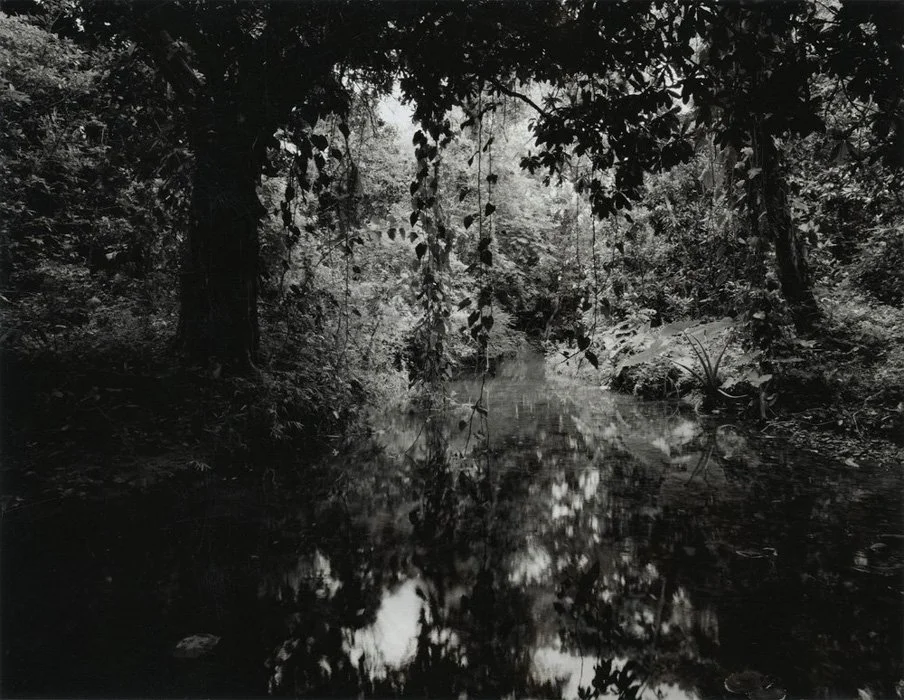
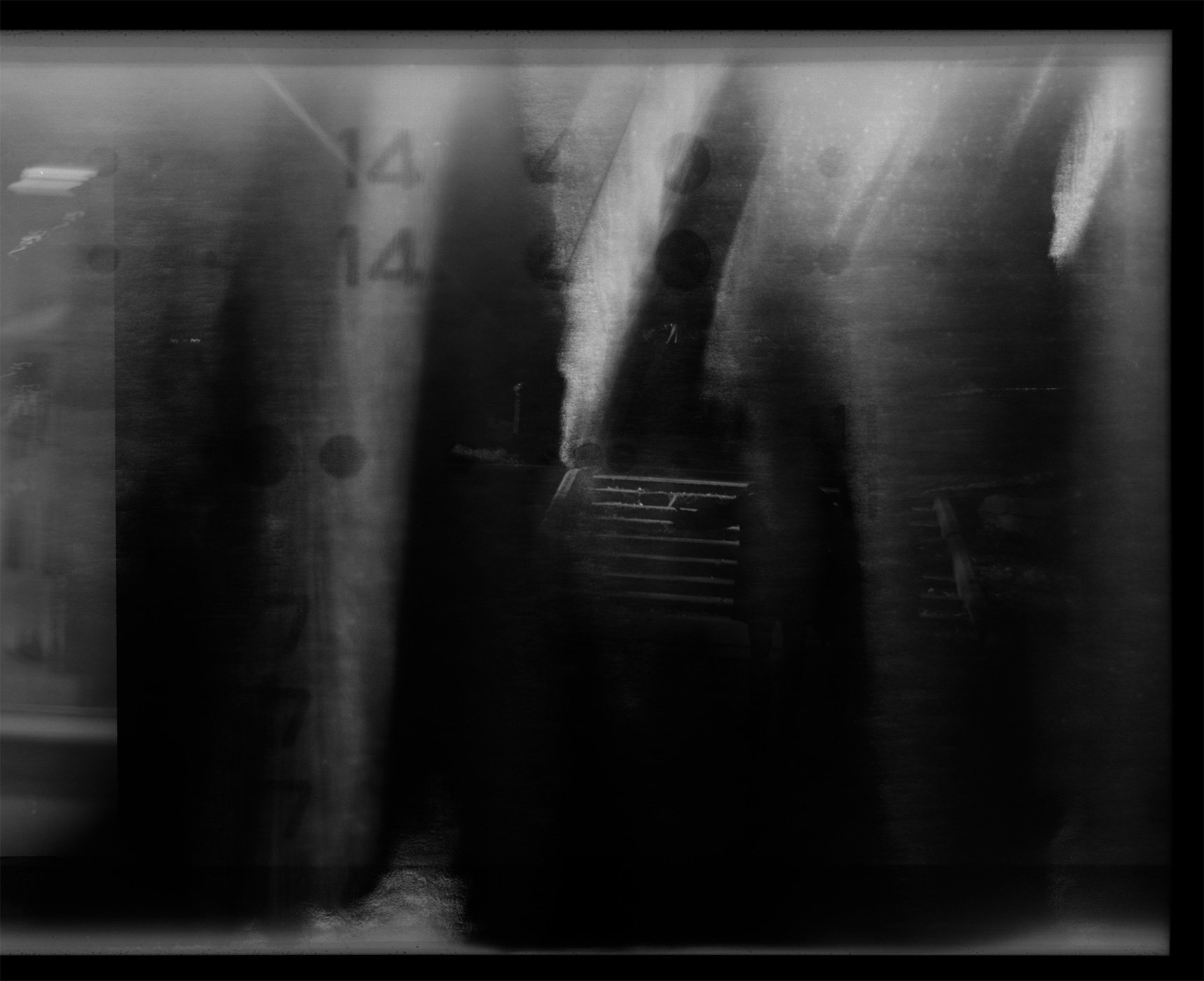
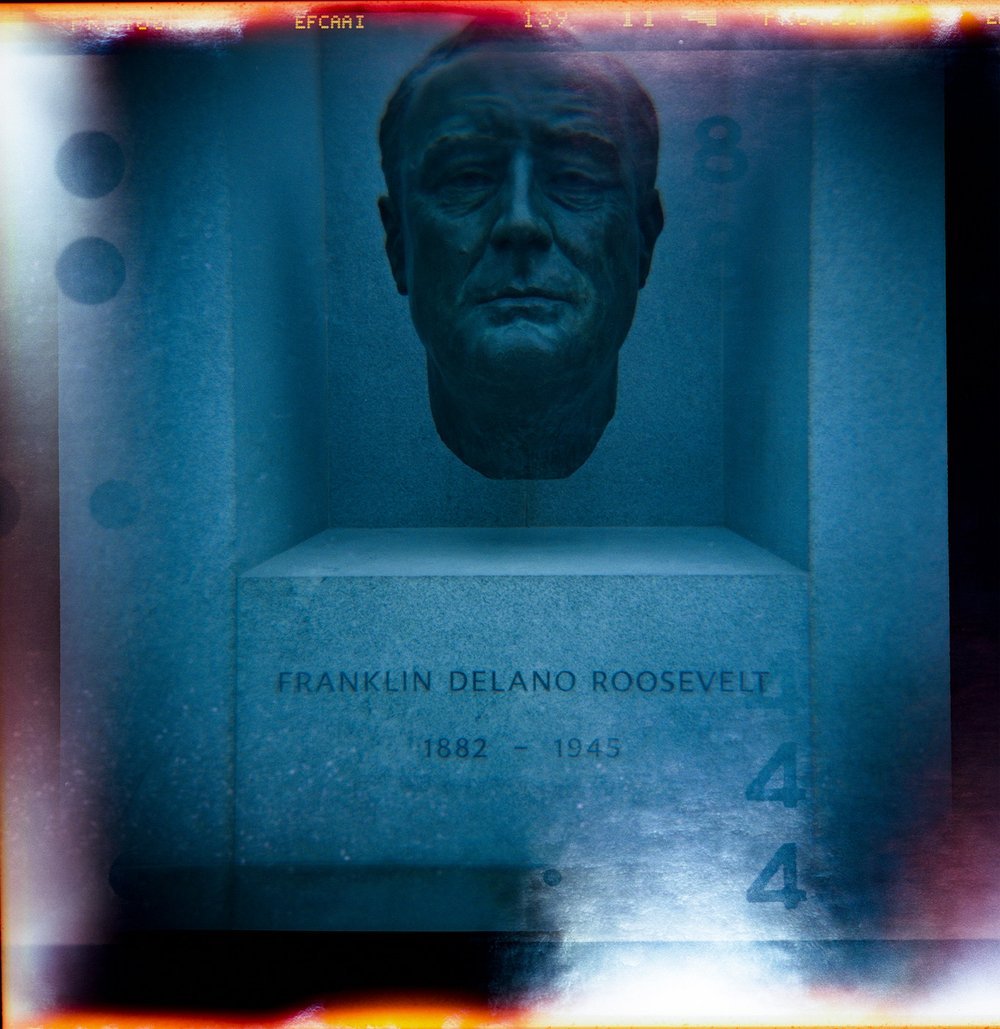
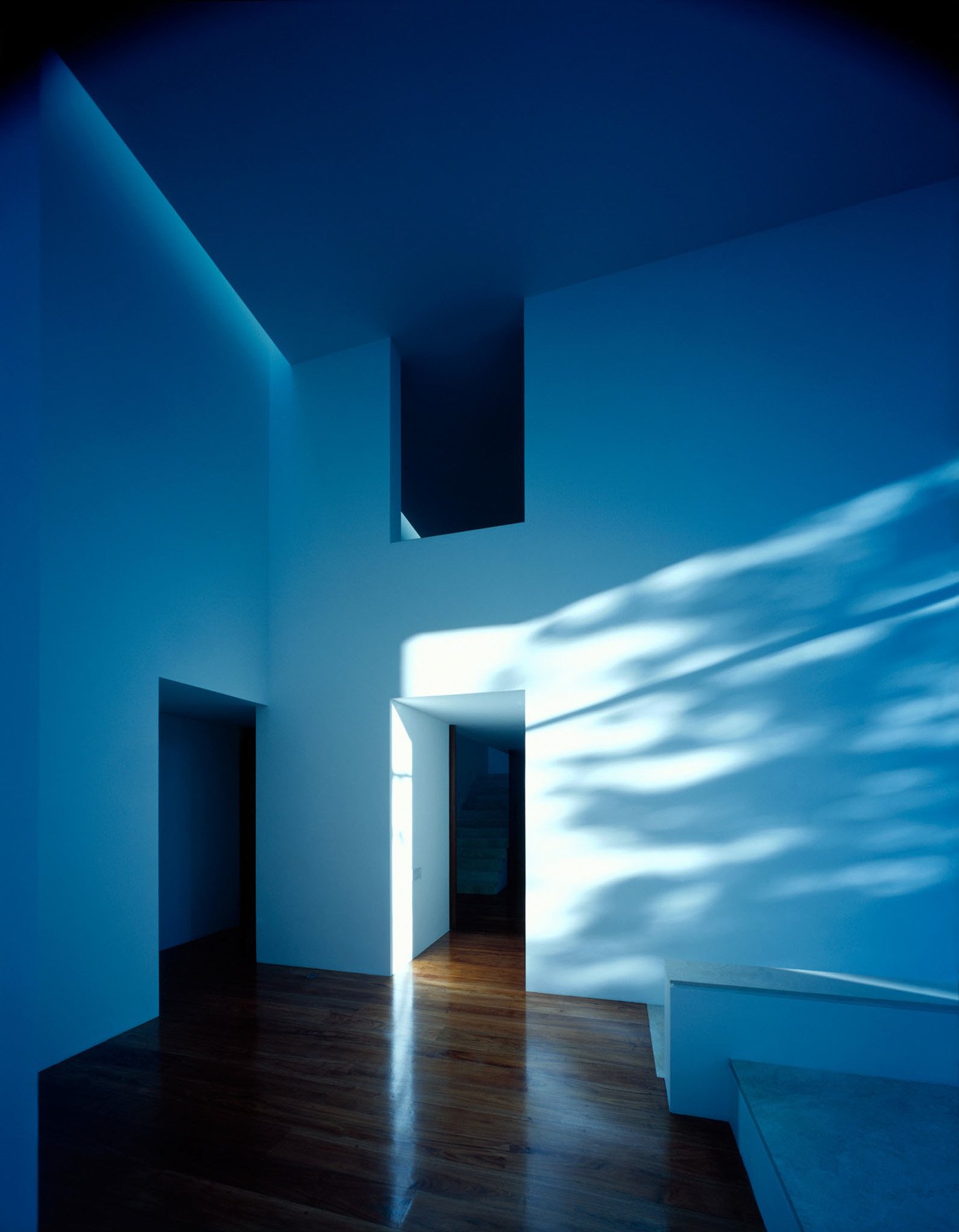
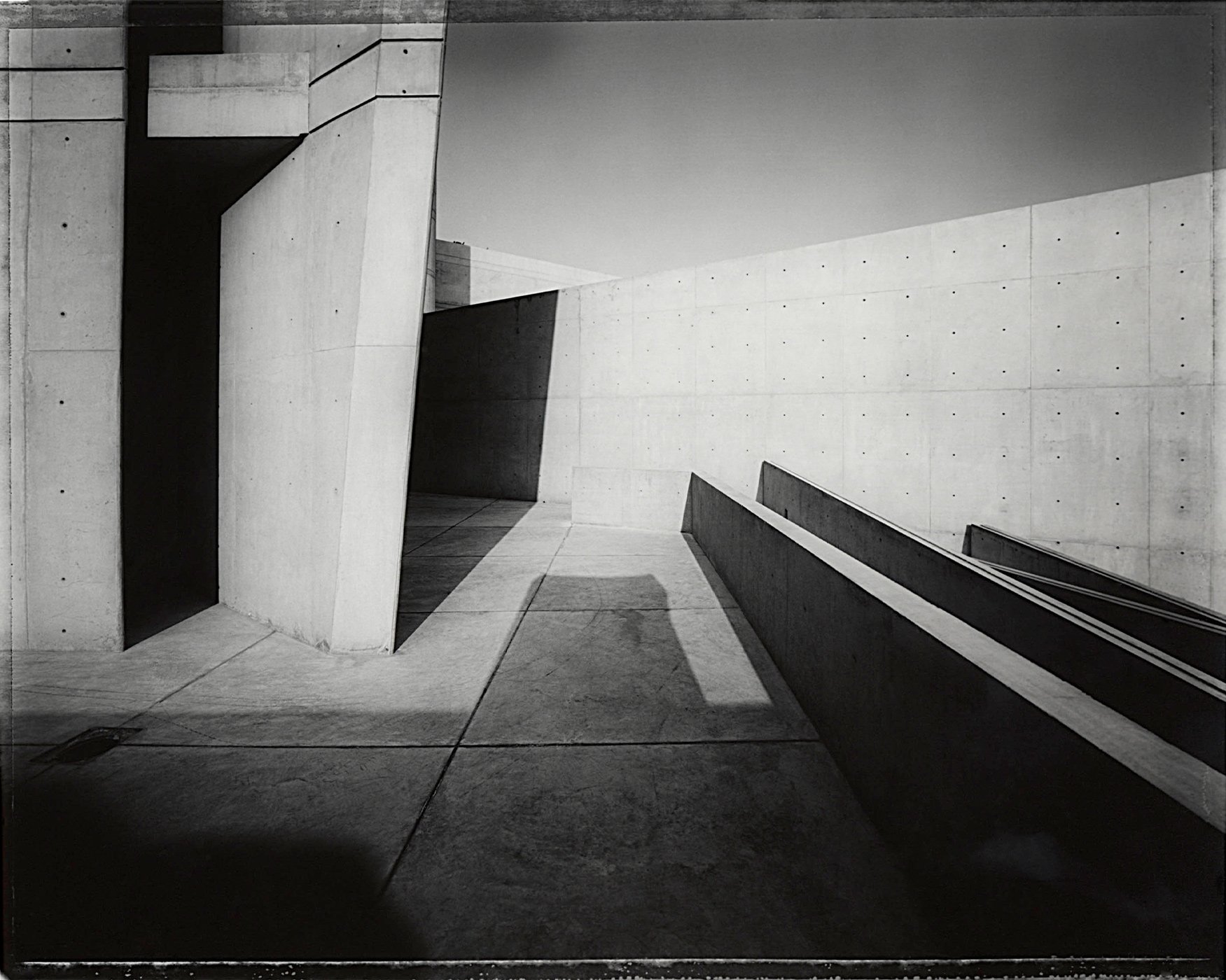
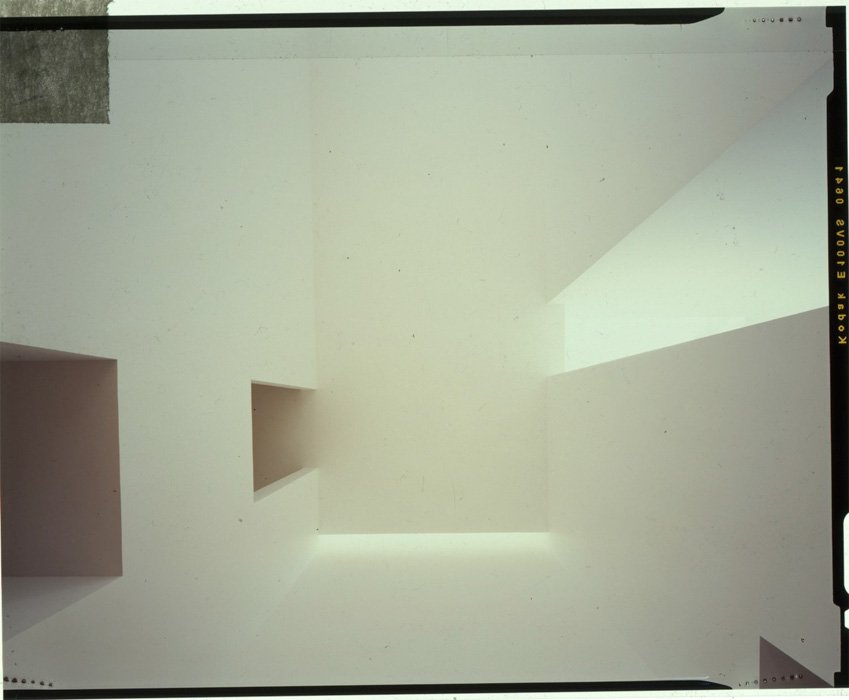

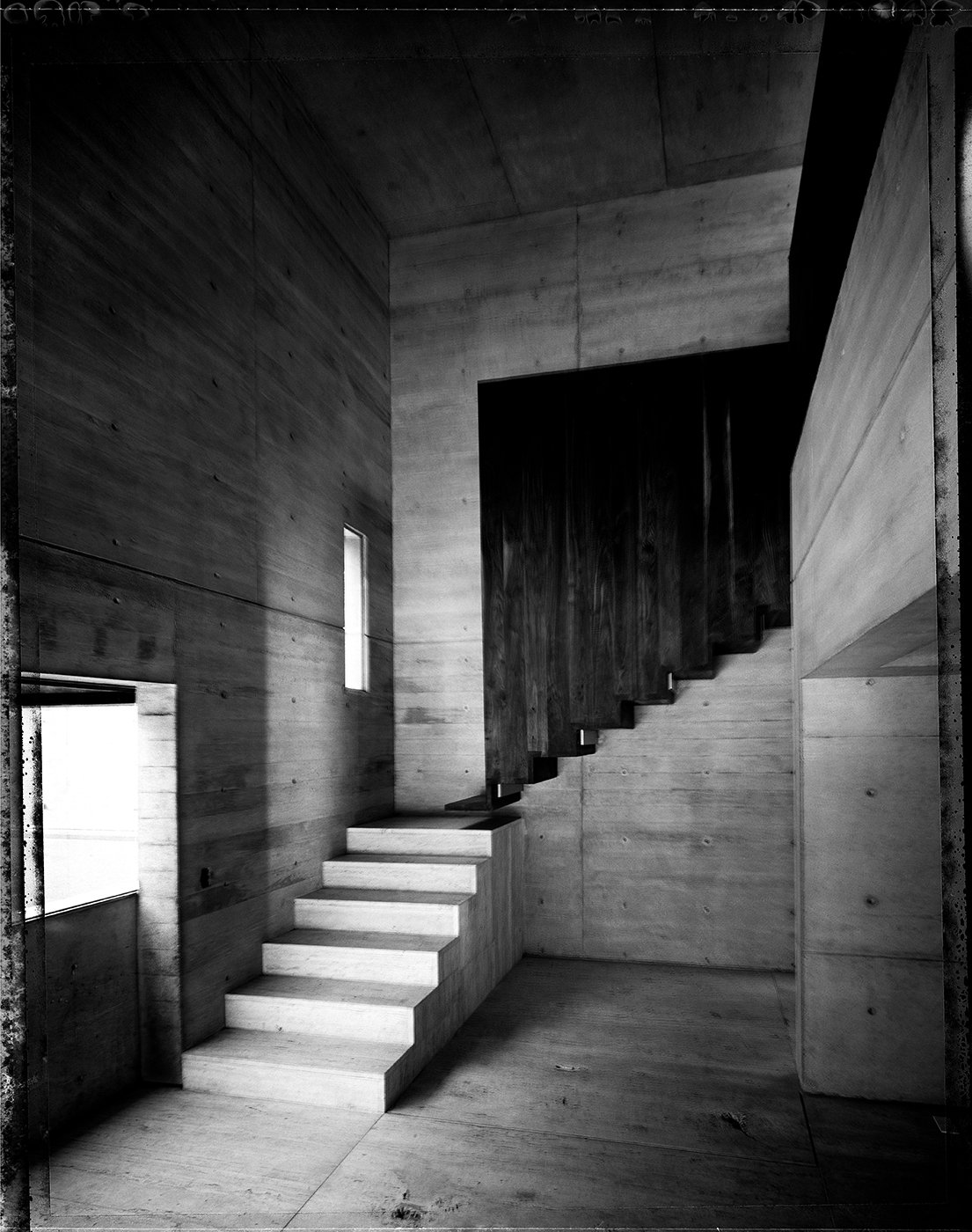
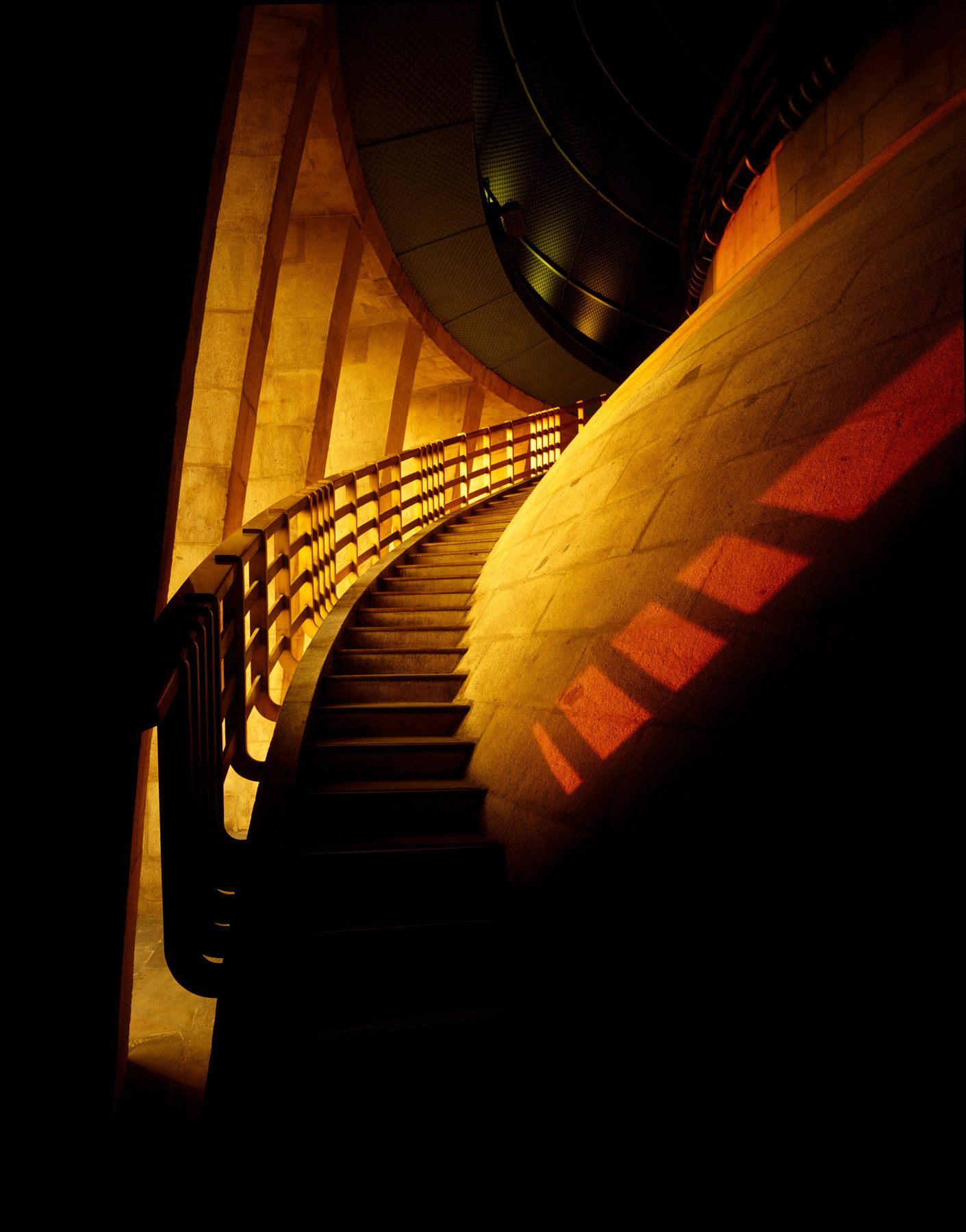
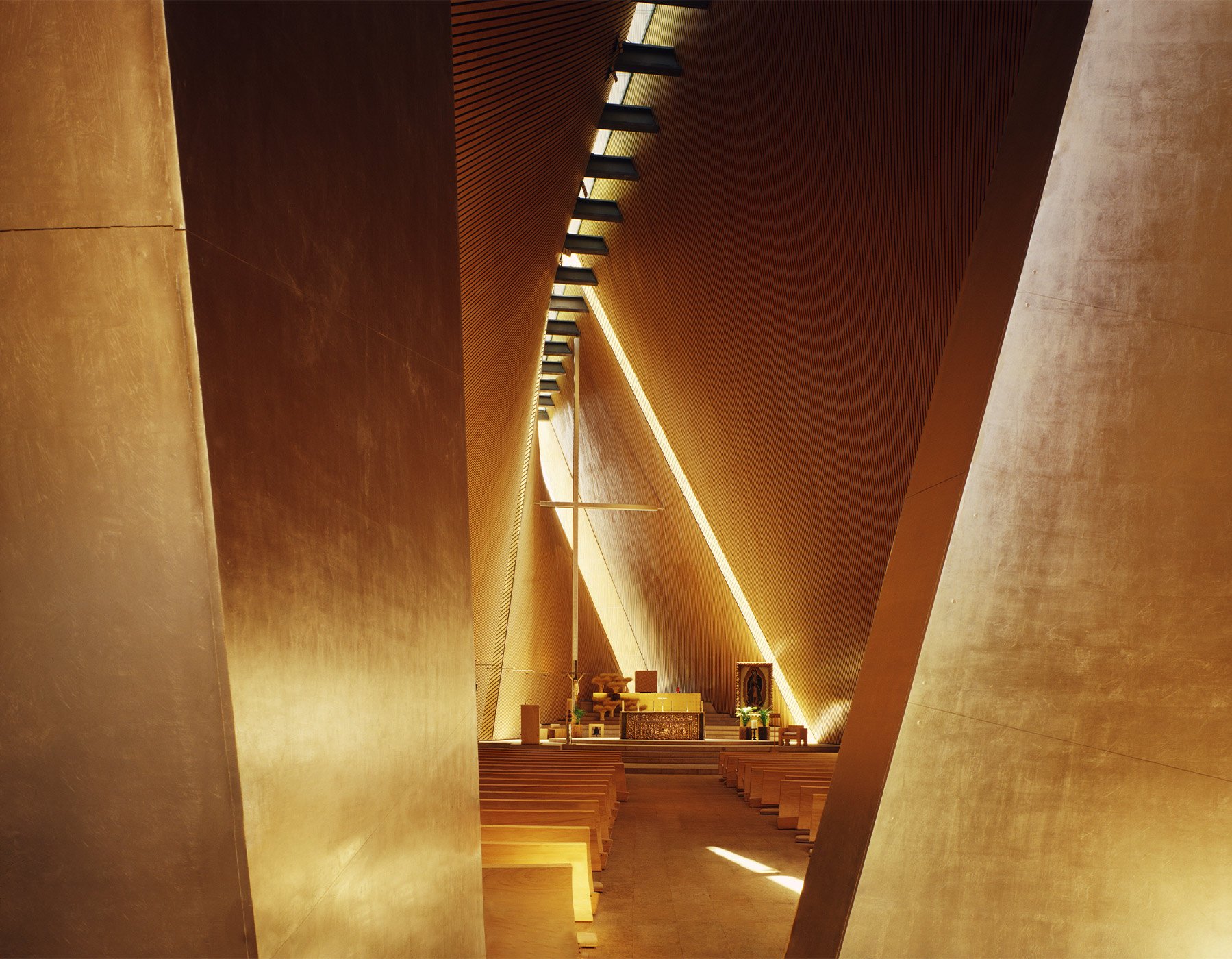





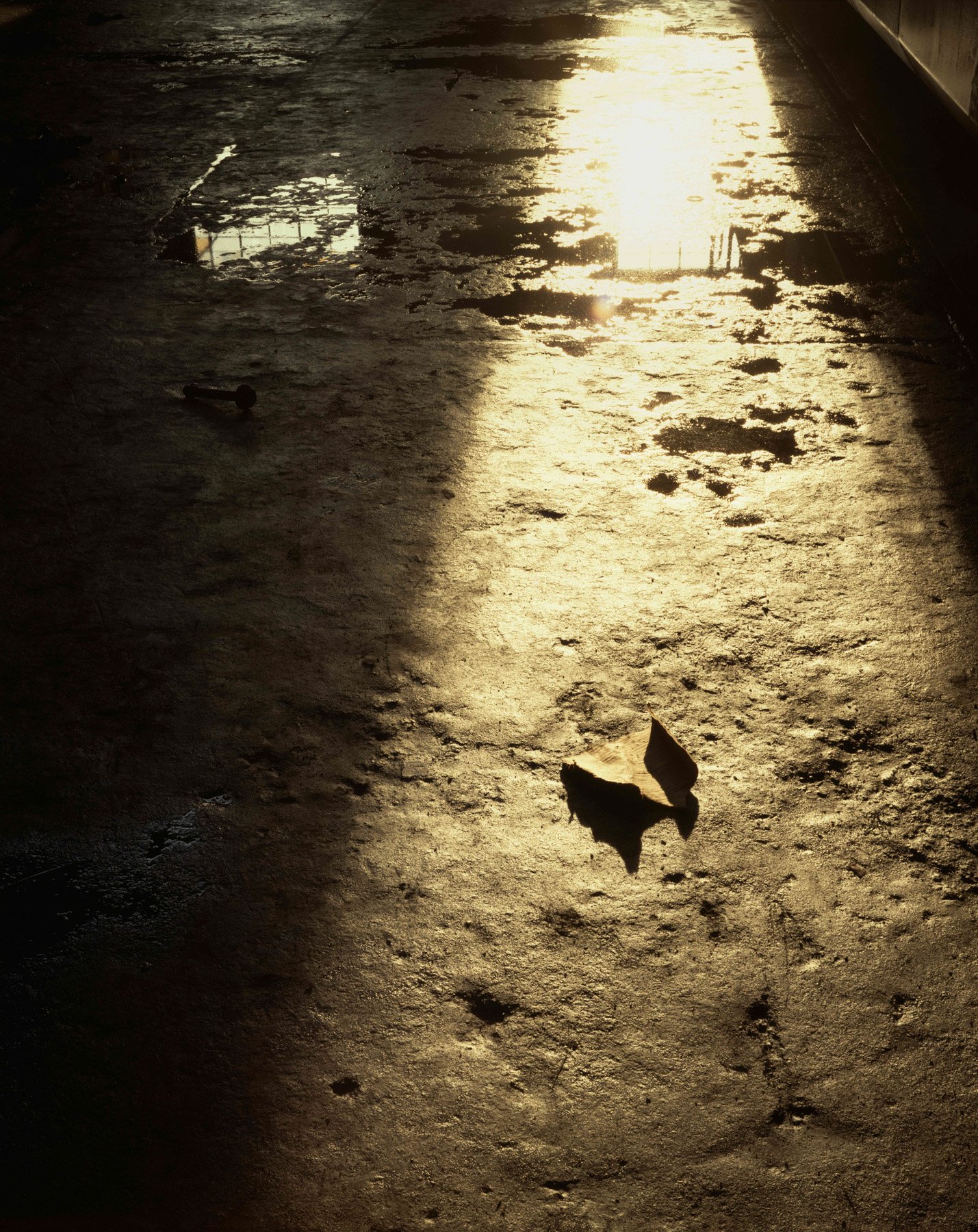
Analog photographic technologies are the most adequate resource for the creation of images. That is my point of view. It is the closest to the sensitive and expressive faculty that we possess as beings.
Analog processes and mediums favor thought and neurophysiological motor development, allowing us to recognize in ourselves lost or hidden abilities that bring us closer to the possibility of artistic creation and poetic expression.
Digital software automatization and the technology that derives from it, have resulted in the origination of a new language and, of course, the democratization of photographic creation. Said technology has favored the world’s photographic industry as never before. However, has it really favored the creation of images? Is it creating poetry and visual artists?
Being such a predictable medium, is it breaking paradigms? Or is it just a way to produce images charged with immediate-delivery special effects and a programmed expiration date?
With time, we have come closer to an objective comprehension of the optimal use of all existing technologies employed for the creation and production of images; today, more than ever it should be understood that digital technologies are a complement and not a substitute.
- Fernando Cordero
overview
The purpose of this course is to understand that the discovery of oneself as a sensitive being is an essential prelude to the creation of images. To achieve this, we will embark on a quest for the magical and mythical being known as the Unicorn in the work of master photographer Carlos Jurado.
Session 1
Get to know each other by having an open conversation about our interests and concerns as authors and showing our photographic work to the group.
Assignment: gather ideas from Herman Melville’s literature in which the subtext contains a magical, philosophical, esoteric or religious concept with the purpose of analyzing it, discussing it and embarking on a quest for it.
Session 2
Detailed review of Day 1’s assignment.
Session 3
Dust off and show the group our analog cameras to see the tools that we will work with for the rest of the workshop.
Throw around and discuss concrete concepts from Melville to turn into images.
Assignment: start using our cameras. Shoot, develop and scan our first drafts. No digital altering of any photograph will be allowed during the workshop.
Session 4
Share with the group what we experienced while creating our images with the purpose of knowing if we are indeed on the right path towards finding the Unicorn.
Assignment: continue to create images.
Session 5
Analysis of the work of various photographers so we understand how important it is to recognize in other authors “the search for the Unicorn.”
Assignment: continue to create images with a more focused approach.
Session 6
Review of the photographic work produced so far. We will talk openly and explore how the work may be combined with music, and how each student feels about their experience and the resulting images.
Assignment: going out to shoot once more but, this time, while listening to the soundtrack of Once Upon a Time in the West by Ennio Morricone.
Session 7
Review of the images produced while searching for Melville, Morricone, the Unicorn and ourselves.
Session 8
"Guajolote Mole" - or, "a Maine lobster dinner" - each student will cook or order a local specialty meal from their hometown. We will take a final view and discussion of the work made in the class, but this time together as a celebration of our journey in search of the unicorn.
SCHEDULE
The course will consist of eight sessions of two and a half hours, every Monday from 10:00 am to 12:30 pm for two consecutive months with assignments to deliver for review.
Additionally, each participant will have a twenty-minute one-on-one session with Fernando. During these sessions, students will receive personalized guidance and be able to discuss their work or photography in general.
Per Nobechi Creative tradition, lessons will be recorded and uploaded to a private YouTube channel exclusive to students so that they can be reviewed after the workshop is complete.
important INFORMATION
Class level: Intermediate-to-advanced photographers with a good notion of how to work with analog technologies.
Required equipment:
Analog camera
Color and/or black and white film
Access to a darkroom and scanner or access to a nearby photo lab
Computer with internet connection
Zoom account (free subscription level is sufficient) (www.zoom.us)
Suggested to make the most out of this workshop:
Some previous experience with analog photography
Reading the book The Piazza Tales by Herman Melville
Listening to the score of Spaghetti Western A Fistful Of Dollars composed by Ennio Morricone
Getting familiar with the work of Sergio Larraín (Chile), Carlos Jurado (Mexico), Gilles Peress (France), Manuel Álvarez Bravo (Mexico), Armando Salas Portugal (Mexico), Ezra Stoller (USA)
Please note that work analysis is a very important aspect of this workshop and is a commitment to take seriously; submission of images will be required.
Maximum class size: 6 Students
THIS CLASS IS now complete. TO BE ADDED TO AN INTEREST LIST FOR THE NEXT PROGRAM WITH FERNANDO CORDERO PLEASE FILL OUT THE FORM BELOW:
meet your teacher
Fernando Cordero
Fernando Cordero (Mexico City, 1958), a cinematographer graduated from the Cinematographic Training Center (CCC), one of Mexico’s most prestigious film schools. Since 1983 he has been dedicated to architectural photography and has collaborated with some of the most prominent architectural firms in Mexico as well as lectured on photography in universities, workshops and colloquia. Fernando’s approach to photographic production is primarily from a very personal point of view, rendering his commissioned work extremely valuable to architects and creators. His photographic essays cover a wide range of topics: from pre-Hispanic, colonial, modern and contemporary architecture to natural and urban landscapes to portraits.
In his work, only natural light at very precise times and angles is used; turning objects, spaces and structures into subjects bursting with life. It should be noted that, since the beginning of his photographic practice, the type of technology he uses has been exclusively analog. Fernando Cordero is an adamant defender of the preservation of traditional photographic techniques as they favor discipline, creativity and self discovery in those who practice photography. His work has been exhibited and published both nationally and internationally and is currently the research subject of high-level academics, such as Dr. Peter Krieger, investigator at the Institute of Aesthetic Research at UNAM, and Dr. Xavier Guzmán Urbiola, honorary member of the Academy National Architecture.

